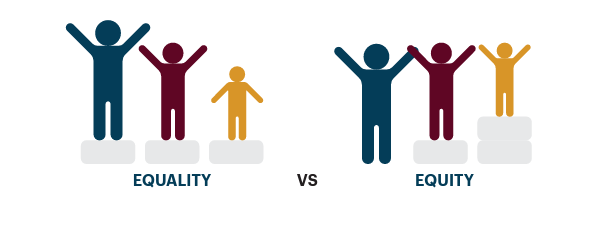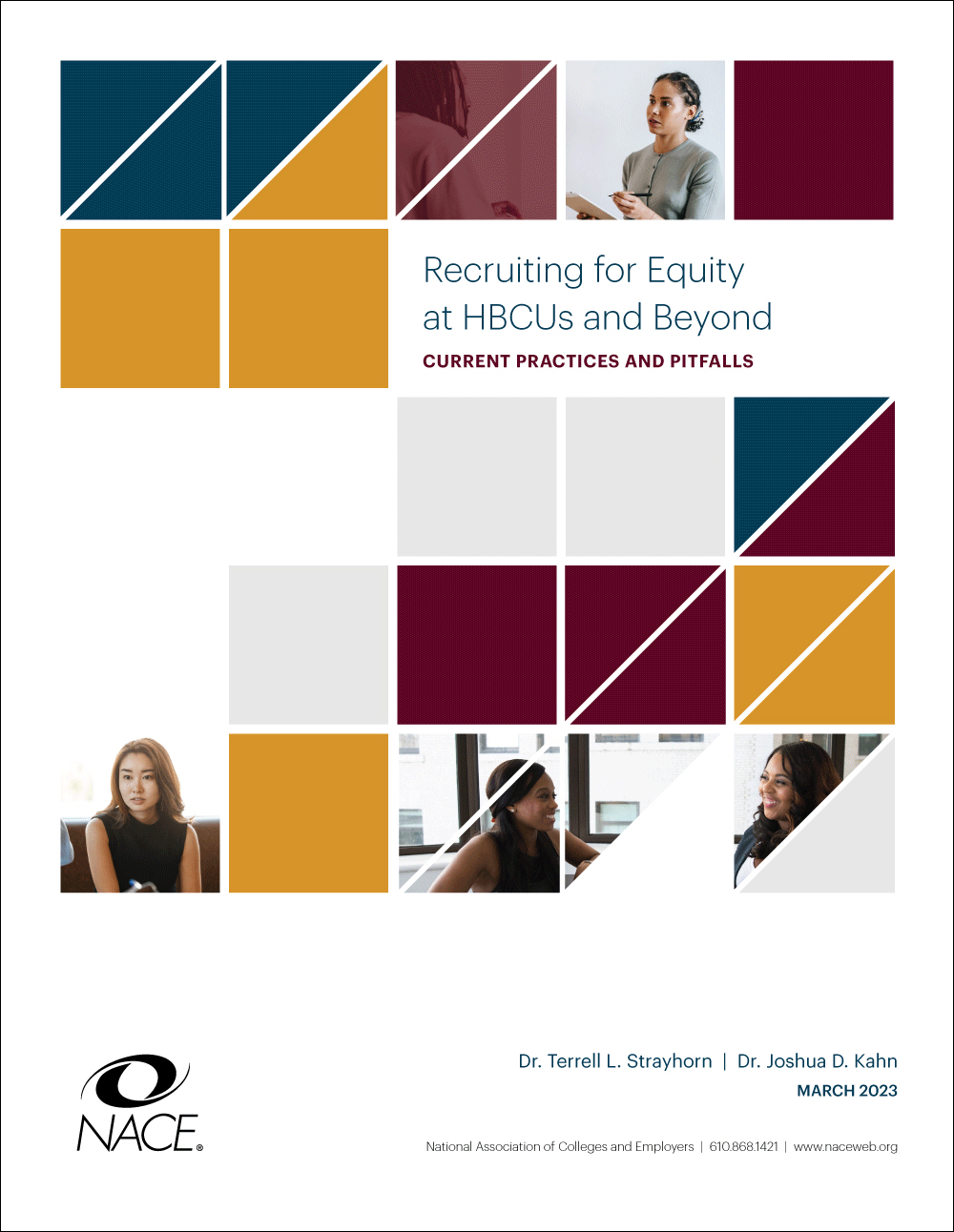Beyond ensuring diversity in the composition of their intern cohort, employers’ ability to convert their interns into full-time hires is a critical component to diversifying their workforce.
NACE MEMBER BENEFIT
NACE members: Access a copy of NACE Brief: Intern Demographics and Conversion Rates here.NACE conducted analysis of responses to its 2022 Internship & Co-op Survey, which were collected from mid-November 2021 to mid-January 2022 and reported in the NACE Brief: Intern Demographics and Conversion Rates. It identified statistically significant differences in offer, acceptance, and conversion rates according to both gender and race/ethnicity. This analysis found that:
- Female interns received a higher rate of offers and were converted to full-time hires at a higher rate than were male interns, whereas male interns accepted offers at a higher rate.
- Both Black and Hispanic-American interns received offers at a higher rate (61.8% and 70.9%, respectively) than their white counterparts (58.7%) and accepted those offers at higher rates as well.
While women and students of color are underrepresented in internship cohorts, when they are provided internship opportunities, they were more likely to receive full-time job offers in summer 2021. This supports the idea that internships can democratize access to first jobs post-college, particularly for historically marginalized groups.
Employers embraced equity and diversity in their 2020-21 internship programs in terms of making offers to and converting female, Black, and Hispanic-American interns into full-time employees, exceeding the rates posted for male interns and those who identify as white.
To keep this momentum going and achieve the level of diversity needed to reflect the diversity of the general American population, employers should continue to focus on converting interns from historically marginalized groups while striving for equitable representation within their internship cohort.
The data that NACE collects for its 2023 Internship & Co-op Survey should offer clarity about whether this momentum has stalled, been maintained, or has accelerated.








